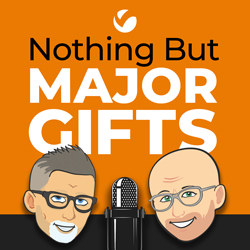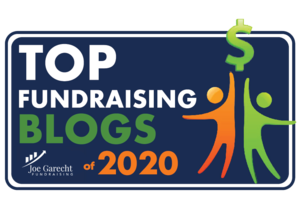If your caseload donor is silent, it could be that you’re not in sync with their communication preferences.
Diana Peterson-More writes a brilliant article about communication alignment in her piece titled Tools and Techniques For Effective Communication. Read it.
She starts the article by quoting Gerald Rosen, a contract professor at Loyola Law School:
“If you can’t get them on the merry-go-round, get them on the swings; if you can’t get them on the swings, get them on the slide; if you can’t get them on the slide, get them on the monkey bars.”
It’s not enough to know you can find your donor at the playground. They likely have a preference for a specific area at the playground. And you need to know about it.
Diana points out that most of us practice the “golden rule” of communication, where we choose how to communicate based on our preferences, i.e., how we would like to be communicated with. NOT on how the donor wants to be communicated with. And so we blabber on to our comfort level, not theirs.
Knowing your donor’s communication preferences is a critical point in caseload donor management. And if you don’t pay attention to it, you’ll fail at connecting with your donor.
These thoughts and principles perfectly align with our belief that what matters in a relationship with your caseload donor is a meaningful connection – driven by the donor’s passions and interests and communication preferences.
Jeff and I know that you might be under a lot of pressure to deliver a certain number of face-to-face encounters with donors every month. Most MGOs are – it’s what’s wrong with most major gift programs. But many of your donors don’t want to meet with you in person. That’s why they’re silent. They have a different preference for how they’d like to engage or how they’d like to receive communication from you. How can you discover what that is? Well, you could ask them.
If you’re struggling with silent donors on your caseload, revisit this topic of communication preferences. Once you get in sync with how each donor prefers to hear from you, you’ll have more meaningful connections with each of them.
Richard
This post originally appeared on the Passionate Giving Blog on November 8, 2019.







0 Comments